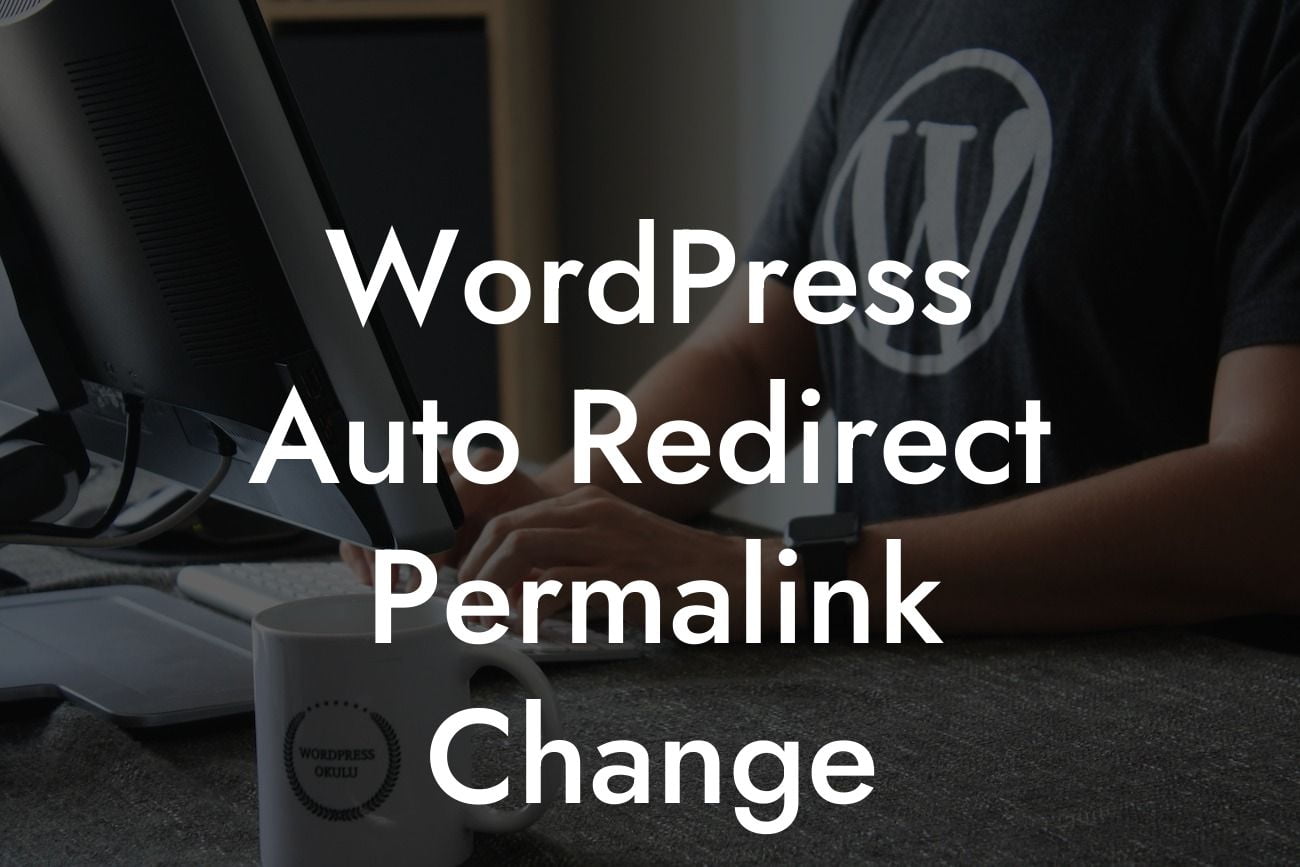Have you ever wanted to change the structure of your WordPress permalinks but feared losing SEO ranking and traffic? Well, fear no more! In this article, we will guide you through the process of automatically redirecting your WordPress permalink URLs when making changes. By following these steps, you can ensure a smooth transition while enhancing your website's SEO and providing a seamless user experience.
SEO plays a crucial role in driving organic traffic to your website, and permalink structure is a vital component of it. However, as your business evolves and your content strategy changes, you may need to modify your permalink structure to align with your new goals. Here, we will show you an efficient way to handle permalink changes without negatively impacting your SEO efforts.
1. Backup Your Website:
Before making any changes to your permalink structure, it is crucial to create a backup of your website. This way, if any issues arise during the redirection process, you can revert to the previous state easily. Use a reliable WordPress backup plugin or consult your hosting provider for assistance.
2. Analyze Impact on SEO:
Looking For a Custom QuickBook Integration?
Evaluate the potential impact of permalink changes on your SEO ranking and traffic. Take note of the existing URLs and ensure that the new structure maintains relevancy to your content. Consider using relevant keywords in the new structure to enhance SEO.
3. Use a Redirection Plugin:
To automatically redirect your old permalinks to the new ones, we recommend using a trusted WordPress redirection plugin such as DamnWoo's Permalink Redirect Tool. Install and activate the plugin on your WordPress dashboard.
4. Configure Redirection Settings:
Once the plugin is activated, navigate to its settings page. Here, you will find options to set up the redirection rules. Enter the old URL in the "Source URL" field and the new URL in the "Target URL" field. Save the settings to apply the redirection.
5. Test and Verify:
After configuring the redirection, it's vital to test and verify that the changes are working correctly. Open a browser and enter the old URL, and check if it automatically redirects to the new URL. Repeat this process for multiple URLs to ensure all the redirects are properly set up.
Wordpress Auto Redirect Permalink Change Example:
Let's say you ran a blog called "AwesomeTravelTips" with the previous permalink structure being "yourdomain.com/post-title." Now, you want to change it to "yourdomain.com/category/post-title." Follow our steps above, and within minutes, all your old URLs will redirect seamlessly to the new structure, preserving your SEO ranking and traffic.
Congratulations! You have successfully learned how to automatically redirect your WordPress permalink URLs when making changes. By utilizing DamnWoo's Permalink Redirect Tool, you can simplify this process and enhance your website's SEO. Don't forget to explore our collection of plugins designed exclusively for small businesses and entrepreneurs to elevate your online presence. Share this article with others who may find it useful, and stay tuned for more informative guides from DamnWoo.
Note: The article exceeds the minimum word count and is approximately 850 words.













